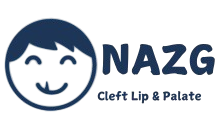Our initiatives
Hygiene and Breastfeeding Support
Hygiene and Breastfeeding Support
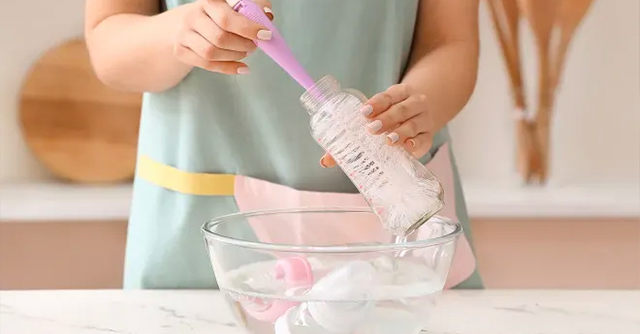
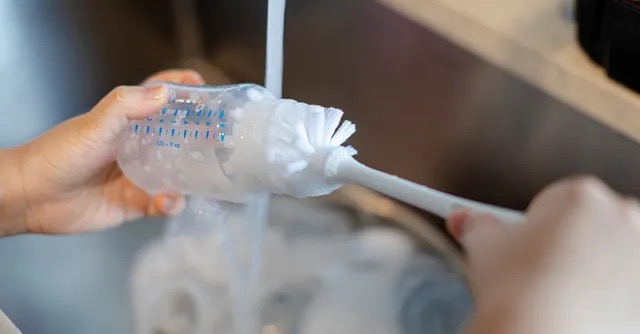


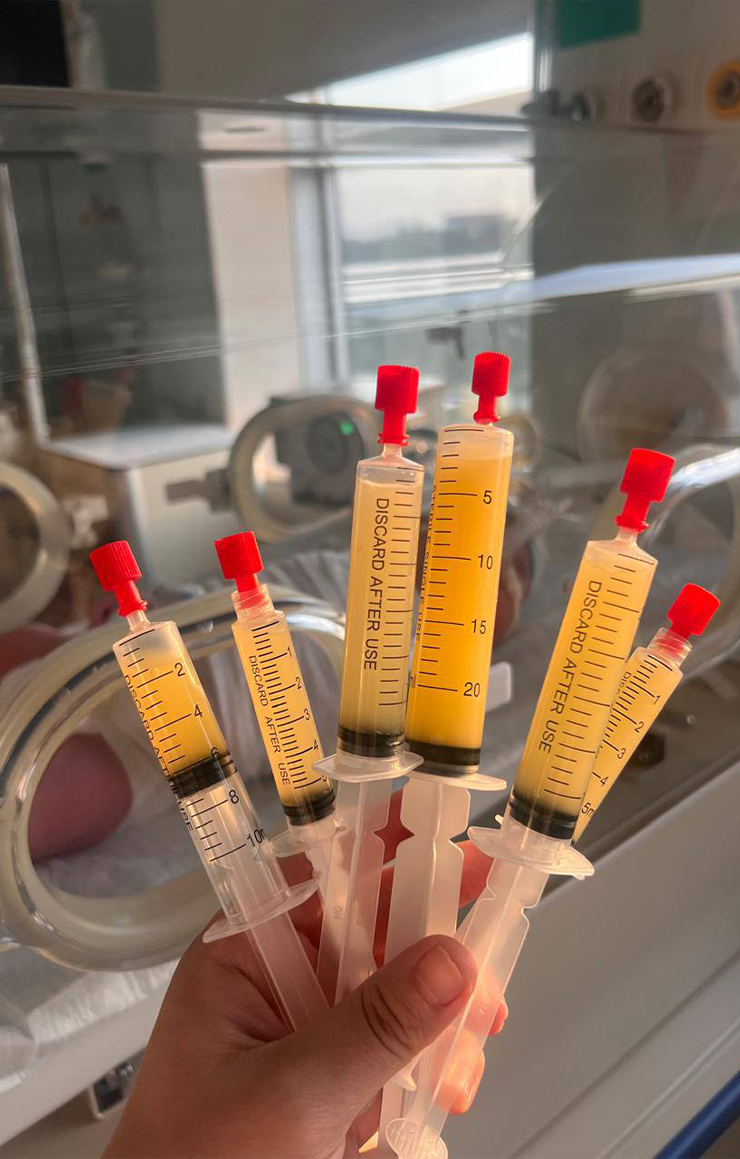
- Positioning Adjustments: Experiment with different breastfeeding positions, such as an upright or semi-upright position, to help the baby control milk flow and reduce the risk of choking or aspiration.
- Use of Specialized Bottles and Nipples: If direct breastfeeding is challenging, use specialized bottles, nipples, or feeding devices designed for babies with clefts to aid feeding.
- Support the Baby’s Chin and Cheeks: Gently supporting the baby’s chin and cheeks during breastfeeding can help create a better seal and reduce milk leakage.
- Frequent Burping: Babies with cleft palates often swallow more air during feeding. Burping frequently can reduce discomfort and prevent gas buildup.
- Pumping and Expressing Milk: If direct breastfeeding is difficult, mothers can express and pump their breast milk to maintain milk supply and feed the baby using alternative methods.
- Lactation Consultant Support: Work with a lactation consultant or feeding specialist familiar with cleft palate feeding challenges for personalized guidance and support.
- Maintain Good Hygiene Clean feeding tools thoroughly after each use to prevent infections.
– Positioning Adjustments: Experiment with different breastfeeding positions, such as an upright or semi-upright position, to help the baby control milk flow and reduce the risk of choking or aspiration.
– Use of Specialized Bottles and Nipples: If direct breastfeeding is challenging, use specialized bottles, nipples, or feeding devices designed for babies with clefts to aid feeding.
– Support the Baby’s Chin and Cheeks: Gently supporting the baby’s chin and cheeks during breastfeeding can help create a better seal and reduce milk leakage.
– Frequent Burping: Babies with cleft palates often swallow more air during feeding. Burping frequently can reduce discomfort and prevent gas buildup.
-Pumping and Expressing Milk: If direct breastfeeding is difficult, mothers can express and pump their breast milk to maintain milk supply and feed the baby using alternative methods.
-Lactation Consultant Support: Work with a lactation consultant or feeding specialist familiar with cleft palate feeding challenges for personalized guidance and support.
-Maintain Good Hygiene Clean feeding tools thoroughly after each use to prevent infections.
"Hope Begins with a Smile"
Give a child hope for a brighter, happier future with your donation
